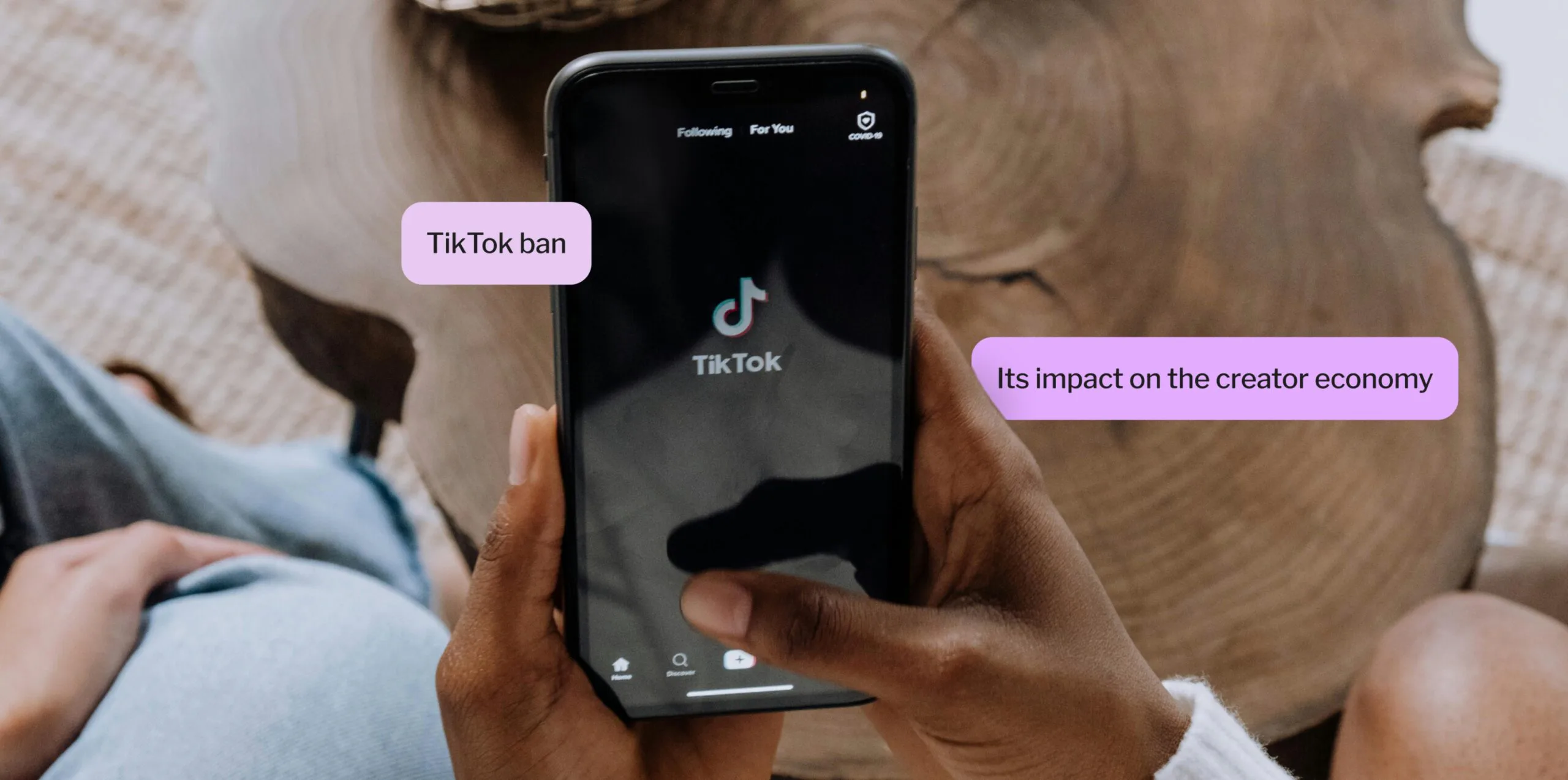The Creator Business Summit: June 18, 2025Done chasing trends? Learn what actually works at the Creator Business Summit happening June 18th.
Reserve your spot
6 min read

Claire Beveridge
Claire Beveridge is a senior content and growth strategist with sixteen years of marketing experience. She's worked on creative campaigns for Semrush, Hootsuite, and 15Five, and is passionate about the intersection of culture, media, and technology. Claire currently leads the editorial strategy for Kit. (Read more by Claire)


